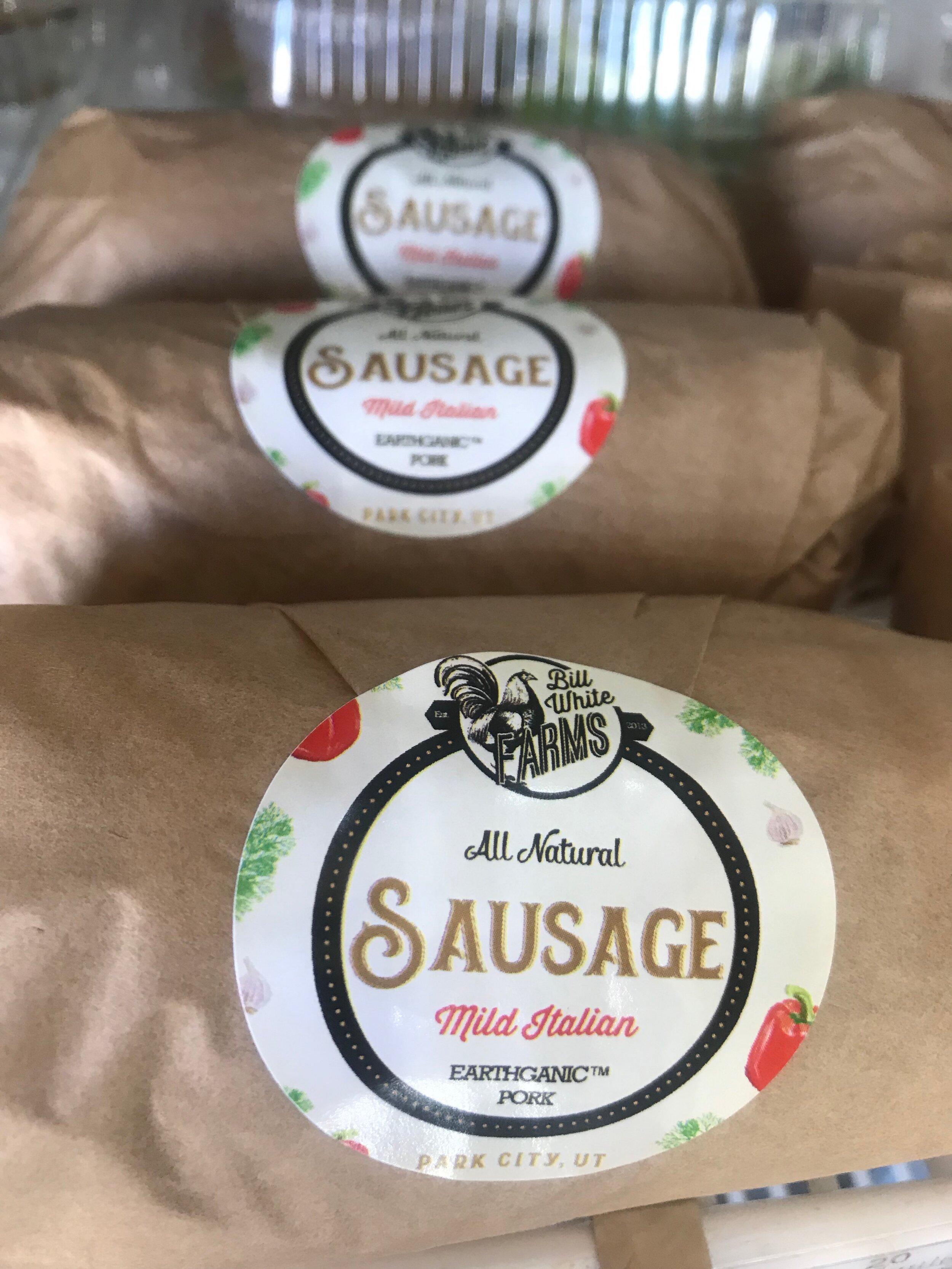Bill White, a successful Park City restaurateur, had his eye on the successful Hixson property for years. He tried to buy the land several times without success. Finally on his 5th attempt, he successfully purchased the property from Steve Hixson, who originally had bought it from the Rasmussen family. The property consisted of several old rundown sheds and buildings that still existed Park City’s historic mining days. The property structures were near collapsed due to gravity and time. Due to this, it took several years to grade and terrace the property, install infrastructure like water and electricity lines, and plant initial crops and orchards, all whilst tending to the chickens and turkeys.
One of the buildings on the farm was salvaged from Mother Urban’s Brothels, which was at the current nursery location. The original barn and house still exists from the 1930's, being restored into gathering and dining spaces. We have and will continue to preserve many original elements of the buildings, so that people can better understand how locals lived during the mining era of Park City.
Our neighbor State Highway 224, is a blessing and a curse. It is a way for people to see what we are doing, and to improve the presentation of the Park City entry corridor. At the same time, it hinders the ease of accessing the farm, as well as the safety of wildlife that seek refuge on our property and in our ponds. We are working closely with UDOT to figuring out how to protect animals as well as regulate and control parking and traffic control.
“I have learned to move more slowly. When you rush into a project as fast as I tend to do… it can have negative repercussions. I’ve learned how to ease into it. You need the relationships and patience to do something like this.”
Today the farm is home to 150 chickens, 20 small turkeys, 3 greenhouses, several outdoor gardens, an apple and cherry orchard, bee hives, a fish pond, and the makings for hydroponic gardens- where we will be able to produce heirloom tomatoes year round. We are meeting this summer with the Department of US Agriculture, as we work on developing an organic fish farm.
We raise our own worms to feed the fish, and so they are going to get a varied diet of insects and worms that we raise- so that the meat will taste really good. Fish farming has a really negative connotations. Salmon, for example, often is fed a meal made from salmon. That is why the meat isn't a normal consistency and has toxins throughout. Our fish will be 100% organic and clean. In addition, we will have computers to monitor the water quality. None of which is happening in the current fish farming industry.
The small acreage of our farm couldn’t produce enough to sustain our restaurants. The concept is the opposite of what people assume. We bring all of the compost from the restaurants to the farm. We are able to grow herbs and produce year round this way in our greenhouses. The chefs can come by and use the herbs and produce for seasonal nightly specials, but we aren’t trying to be the main supplier for any of our properties.
The compo-stable material is fed to the chickens, which creates highly nutritious and flavorful eggs. The restaurant scraps are also thrown into compost trays, where worms turn it into highly nutritious soil, which is then used to fertilize the crops, and will eventually be used to feed the fish farm- again creating natural, organic, and flavorful food.
Our mission will never be finished. Currently, we are in full construction mode as we work to restore the original 1938 Hixson home, which like the restored garage on the property- where we host our Farm Dinners currently, it will be used as a large gathering and dining space. It’s historic values will be shown on display for all visitors to educate themselves on Park City history.
Our impact on the local community will be different for everyone- whether it is a tourist admiring our vibrant Christmas lights, nightly family walks by the duck ponds and flowers, attending a delectable non-profit farm-to-table dinner, or someone's child learning about sustainable agriculture during a tour. We are here to make our community a better place. We want people to know that we are hoping something for the benefit of others. In the end, this place is what you want it to be. It’s not a planned or predictable project – but it will evolve as we do.




























































